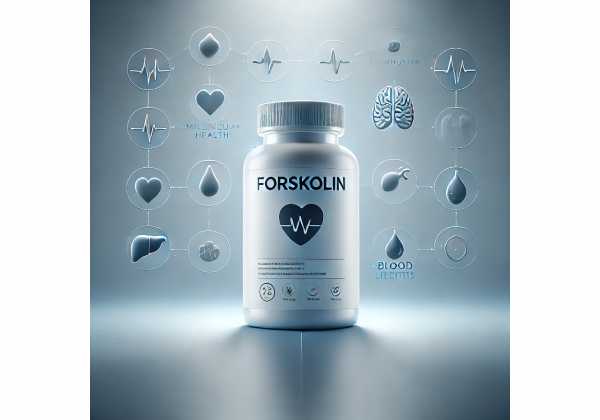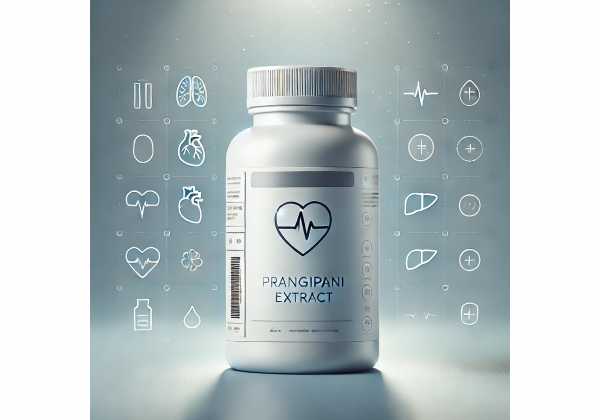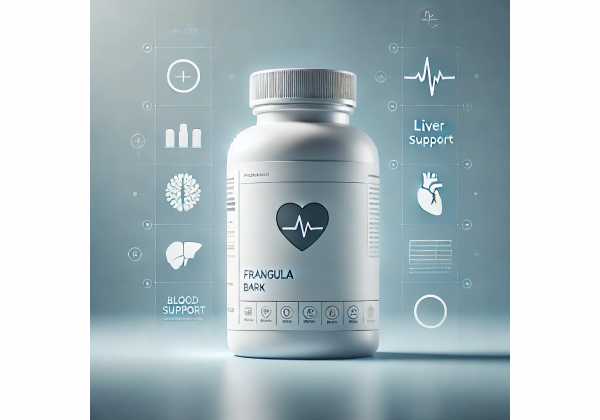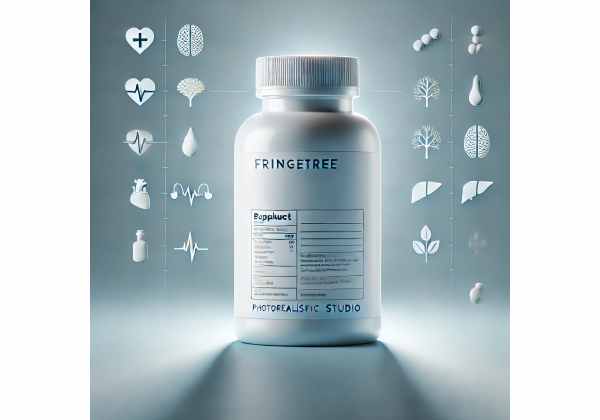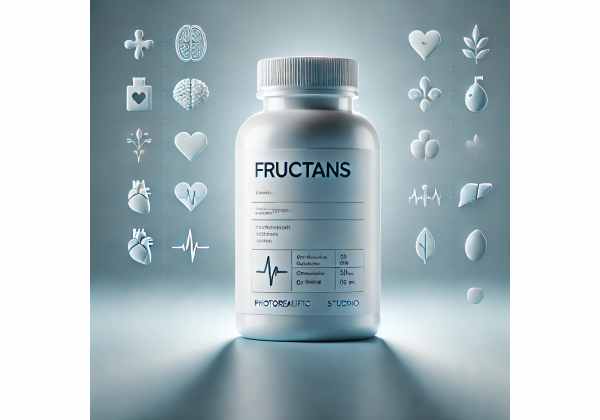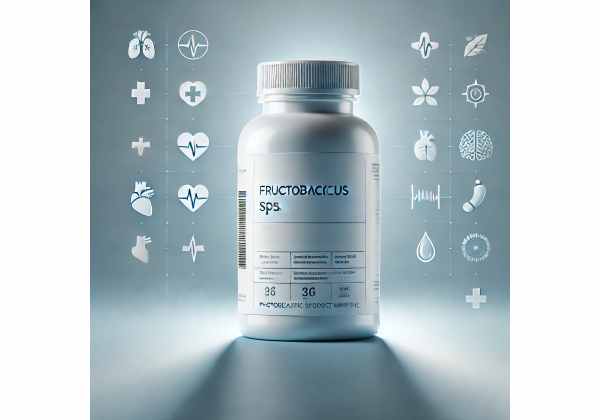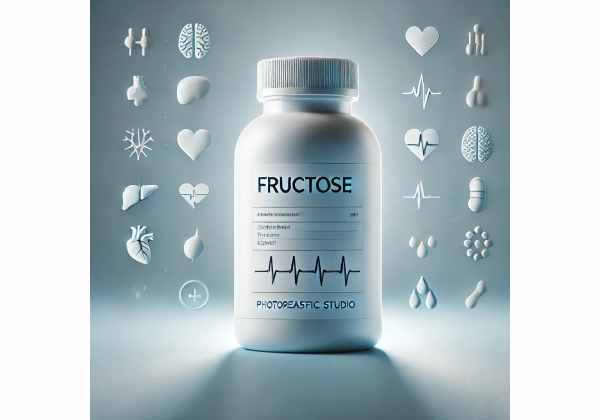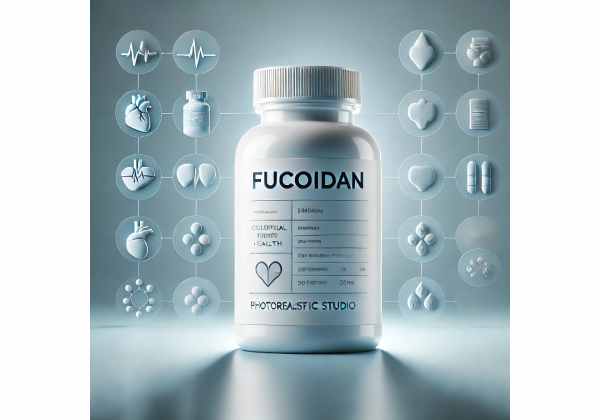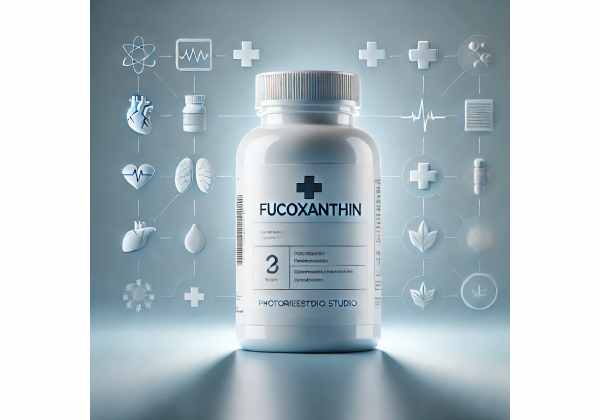Forget-Me-Not benefits and uses explained, safe dosage, side effects, and better alternatives
Forget-me-not (Myosotis spp.) is a small, blue-flowered plant in the borage family that appears far more often in poetry than in peer-reviewed medicine. You will find it in folk remedies for coughs, nosebleeds, and minor skin complaints, and in modern times it shows up in teas, tinctures, and cosmetic extracts. However, species in this family can naturally produce pyrrolizidine...
Formononetin benefits for menopause relief, dosing guidance, safety, and interactions explained
Formononetin is a plant-derived isoflavone most abundant in red clover and Astragalus. As a phytoestrogen, it can weakly bind estrogen receptors and influence inflammatory and oxidative stress pathways. Interest in formononetin typically centers on menopause symptom relief, cardiometabolic support, bone health, and cellular protection. Most human data come from standardized red clover isoflavone extracts that naturally contain formononetin (and...
Forskolin: Metabolism Support, Glaucoma Applications, Dosing Guidelines, and Precautions
Forskolin is a plant-derived compound from the roots of Coleus forskohlii that directly activates adenylyl cyclase—the enzyme that drives cyclic AMP (cAMP) production inside cells. Because cAMP regulates energy use, smooth-muscle tone, hormone signaling, and more, forskolin has long attracted interest for weight control, glucose and lipid metabolism, respiratory comfort, and even eye pressure. The science is mixed: a...
Forsythia extract: Benefits for Colds and Throat Health, How to Use It, Proper Dosage, and Side Effects
Forsythia (Forsythia suspensa) is best known in traditional East Asian medicine as the dried fruit “Lianqiao,” widely used alongside honeysuckle for early-stage colds, throat discomfort, and “heat-toxin” conditions. Modern extracts standardize key phenylethanoid glycosides (especially forsythiaside A) and lignans (notably phillyrin), compounds studied for antioxidant, anti-inflammatory, and antimicrobial actions. While laboratory and animal studies are extensive, human trials are...
Frangipani extract: Skin Benefits, Proper Use, Dosage Guidance, and Side Effects
Frangipani extract—most often obtained from the flowers of Plumeria species such as P. rubra and P. alba—is prized for its complex, tropical fragrance and long history in traditional remedies. Today, it appears mainly in cosmetics, personal care products, and perfumery. Early laboratory work suggests antioxidant, antimicrobial, and anti-inflammatory potential, while modern analyses map the volatile compounds that shape its...
Frangula bark: What It Is, How It Works, Benefits, and Side Effects
Frangula bark—also known as alder buckthorn bark (from Frangula alnus Mill., historically Rhamnus frangula)—is a traditional herbal laxative used for short-term relief of occasional constipation. Its effect comes from specific plant compounds called hydroxyanthracene derivatives (notably glucofrangulins and frangulins) that increase intestinal motility and draw water into the colon, producing a bowel movement within about 8–12 hours. When used...
French maritime pine bark extract: Evidence-Backed Benefits, Daily Dosage, Uses, and Safety
French maritime pine bark extract—best known by the branded form Pycnogenol—comes from the bark of Pinus pinaster. It is rich in procyanidins (oligomeric flavanols) and related phenolics that act as antioxidants and modulators of nitric oxide signaling. Over the past two decades, randomized trials have explored its effects on endothelial function, microcirculation, chronic venous insufficiency, skin physiology, eye health,...
Fringetree: Prebiotic-like Bitter for Bile Flow, How to Use It, Dosage, and Side Effects
Fringetree (Chionanthus virginicus), also called white fringetree, is a North American shrub whose root and bark have a long record in folk and eclectic medicine for “biliary” complaints—think sluggish digestion after fatty meals, feelings of fullness under the right ribs, or episodic gallbladder discomfort. Practitioners traditionally classed it as a bitter, cholagogue-type herb: something taken in small amounts to...
Fructans: Prebiotic Benefits, Food Sources, Dosage, and Safety Explained
Fructans—best known as inulin and fructo-oligosaccharides (FOS)—are fermentable fibers found in plants like chicory root, onions, garlic, leeks, asparagus, wheat, and Jerusalem artichoke. They pass undigested into the colon, where friendly microbes turn them into short-chain fatty acids that support gut and metabolic health. Research links inulin-type fructans with more bifidobacteria, improved bowel regularity, and small but meaningful benefits...
Fructobacillus spp.: What It Is, Potential Benefits, and Risks
Fructobacillus are a small, unusual group of lactic acid bacteria adapted to fructose-rich places like flowers, fruits, honey, and the guts of nectar-feeding insects. They prefer fructose over glucose, grow better when an “electron acceptor” such as oxygen or pyruvate is present, and often convert fructose to mannitol—features that set them apart from typical probiotics. In food and fermentation,...
Fructo-oligosaccharides Guide: Benefits, How They Work, Dosage, and Safety
Fructo-oligosaccharides (FOS) are short chains of fructose found naturally in onions, garlic, chicory root, and other plants, and widely added to foods as a prebiotic fiber. Unlike starch, FOS pass through your small intestine undigested and become fuel for beneficial gut microbes—especially bifidobacteria. That selective fermentation can support regularity, softer stools, and production of short-chain fatty acids that help...
Fructose: What It Is, How It Works, Best Intake Levels, and Health Effects
Fructose is a simple sugar that occurs naturally in fruit, honey, and some vegetables, and also appears in many packaged foods as part of table sugar (sucrose) and high-fructose corn syrup. It is absorbed in the small intestine and handled mainly by the liver, where it can be converted to glucose, lactate, and fat. For most healthy people, modest...
Fuchsia: Properties, Uses, Dosage, and Side Effects
Fuchsia is best known as a showy ornamental, but its flowers and purple berries are edible and have a long—if quiet—history in kitchens and folk remedies. Unlike popular supplements with standardized extracts, fuchsia isn’t a single commercial product. It’s a genus (family Onagraceae) with species like Fuchsia magellanica and Fuchsia boliviana that vary in flavor, pigment profile, and chemistry....
Fucoidan: What It Is, How It Works, and Who Should Avoid It
Fucoidan is a sulfated polysaccharide concentrated in brown seaweeds like Undaria pinnatifida (wakame) and Fucus vesiculosus. It has drawn attention for immune support, gut health, and gentle anti-inflammatory actions, alongside a heparin-like anticoagulant profile. Early human trials suggest fucoidan may enhance responses to influenza vaccination, ease joint discomfort in osteoarthritis, and help maintain a healthier gut microbiome during Helicobacter...
Fucoxanthin: Evidence, Dosage, and Safety
Fucoxanthin is a marine carotenoid concentrated in brown seaweeds and certain microalgae. Over the last decade, it has drawn attention for potential benefits in weight management, metabolic health, liver fat reduction, and cellular defense against oxidative stress. Unlike stimulants, fucoxanthin appears to act through metabolic pathways—supporting fat oxidation and energy expenditure—while also displaying antioxidant and anti-inflammatory properties. Early human...
Fucus vesiculosus extract : Benefits, Properties, Uses, Dosage, and Side Effects Explained
Fucus vesiculosus—often called bladderwrack—is a brown seaweed traditionally used for thyroid and digestive support and now widely sold as standardized extracts. Modern research focuses on its bioactive compounds, especially polyphenols (phlorotannins) and sulfated polysaccharides (fucoidans), which may influence carbohydrate digestion, inflammation, and lipid metabolism. Because Fucus is naturally rich in iodine, it comes with a unique safety profile: benefits...



